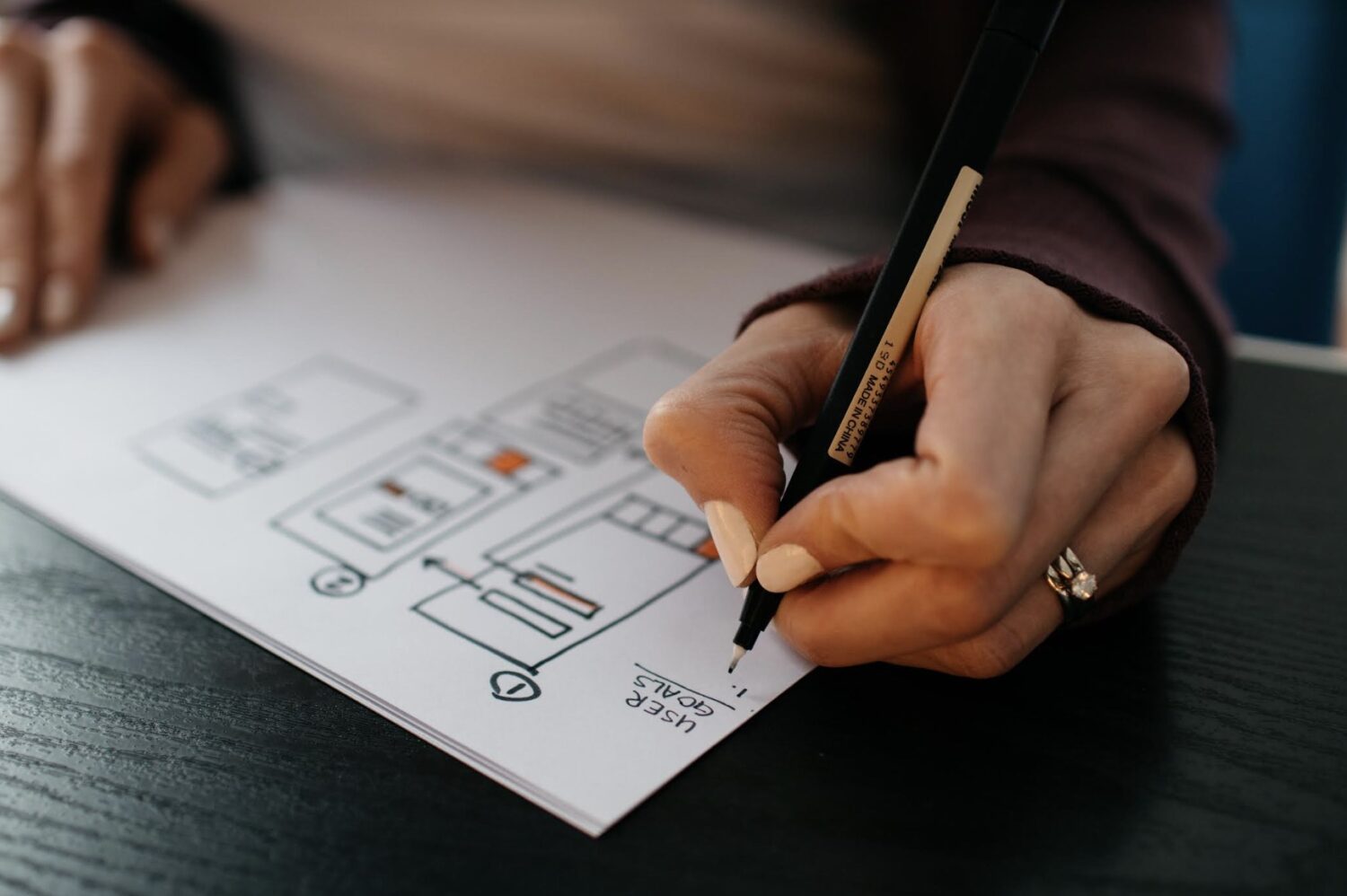
In today’s digital age, having an effective online presence is crucial for businesses and individuals alike. One of the key elements of establishing a strong online presence is through web design. In this article, we will explore the concept of web design, its importance, and how it influences the success of a website.
1. Introduction to Web Design
Web design refers to the process of creating and arranging the visual layout, structure, and functionality of websites. It involves various disciplines such as graphic design, user experience design, interface design, and coding. Web design aims to create an aesthetically pleasing, user-friendly, and engaging website that effectively communicates the intended message.
2. Elements of Web Design
Web design encompasses several essential elements that contribute to the overall user experience. These elements include layout, color scheme, typography, images, multimedia, and interactive elements. Each element plays a crucial role in capturing the attention of visitors and guiding them through the website.
3. Importance of Web Design
A well-designed website is essential for several reasons. Firstly, it creates a positive first impression and builds trust with visitors. A visually appealing and professional website design instills confidence in the credibility and reliability of a business or individual.
Moreover, web design greatly influences the user experience. An intuitive and easy-to-navigate website enhances user satisfaction and encourages them to stay longer, explore more pages, and ultimately convert into customers or take the desired action.
4. User Experience (UX) Design
User experience (UX) design focuses on improving the usability and overall satisfaction of website visitors. It involves considering user behavior, preferences, and needs to create an enjoyable and meaningful interaction between the user and the website. UX design ensures that the website is accessible, intuitive, and provides a seamless experience across different devices and platforms.
5. Responsive Web Design
With the increasing use of smartphones and tablets, it is crucial for websites to be responsive. Responsive web design adapts the layout and content of a website to fit different screen sizes and resolutions. This ensures that the website remains visually appealing and functional, regardless of the device being used.
6. Visual Design and Branding
Visual design plays a vital role in web design as it helps convey the brand identity and message effectively. By utilizing appropriate colors, typography, and visual elements, web designers create a cohesive and visually appealing website that aligns with the brand’s image and values.
7. Navigation and Usability
An intuitive navigation system is essential for guiding visitors through the website and helping them find the information they seek. Well-designed menus, search functions, and clear call-to-action buttons contribute to improved usability and a positive user experience, says website manager from Peptide Sciences.
8. Search Engine Optimization (SEO)
Web design and SEO go hand in hand. A website that is optimized for search engines has higher chances of ranking well in search results, attracting organic traffic, and reaching a wider audience. Web designers need to consider SEO elements such as meta tags, site speed, mobile-friendliness, and URL structure during the design process.
9. Web Design Trends
Web design trends evolve over time, influenced by advancements in technology, user preferences, and industry standards. Staying up-to-date with the latest trends allows web designers to create modern and innovative websites that captivate the audience and set them apart from competitors.
10. Web Design Tools and Technologies
Web designers utilize a variety of tools and technologies to create visually appealing and functional websites. These tools include graphic design software, code editors, content management systems (CMS), and frameworks. Familiarity with these tools enables web designers to streamline their workflow and deliver high-quality results.
11. Hiring a Professional Web Designer
While DIY website builders are available, hiring a professional web designer offers several advantages. A professional brings expertise, creativity, and technical knowledge to the table. They can tailor the design to align with the brand’s vision, incorporate user-centered design principles, and deliver a website that stands out in terms of both aesthetics and functionality.
12. DIY Website Builders
For individuals or small businesses with limited budgets or simpler website requirements, DIY website builders can be a viable option. These platforms offer user-friendly interfaces and pre-designed templates that can be customized without extensive coding knowledge. However, they may have limitations in terms of flexibility and scalability.
13. Evaluating and Improving Web Design
Continuous evaluation and improvement of web design are crucial for ensuring optimal performance and user satisfaction. Web analytics tools provide valuable insights into user behavior, allowing website owners to identify areas for improvement and make data-driven design decisions.
14. The Future of Web Design
As technology continues to advance, web design will also evolve. The future of web design may involve advancements in augmented reality (AR), virtual reality (VR), voice user interface (VUI), and artificial intelligence (AI). These technologies have the potential to revolutionize the way we interact with websites and create immersive and personalized experiences.
Web design plays a vital role in creating an engaging and user-friendly online presence. It combines aesthetics, functionality, and user experience to deliver websites that capture attention, build trust, and drive desired actions. Whether through professional web designers or DIY website builders, investing in effective web design is crucial for success in the digital landscape.
Advertising disclosure: We may receive compensation for some of the links in our stories. Thank you for supporting LA Weekly and our advertisers.
